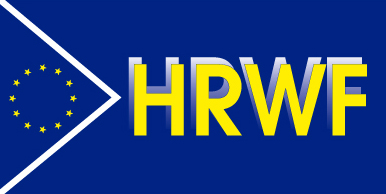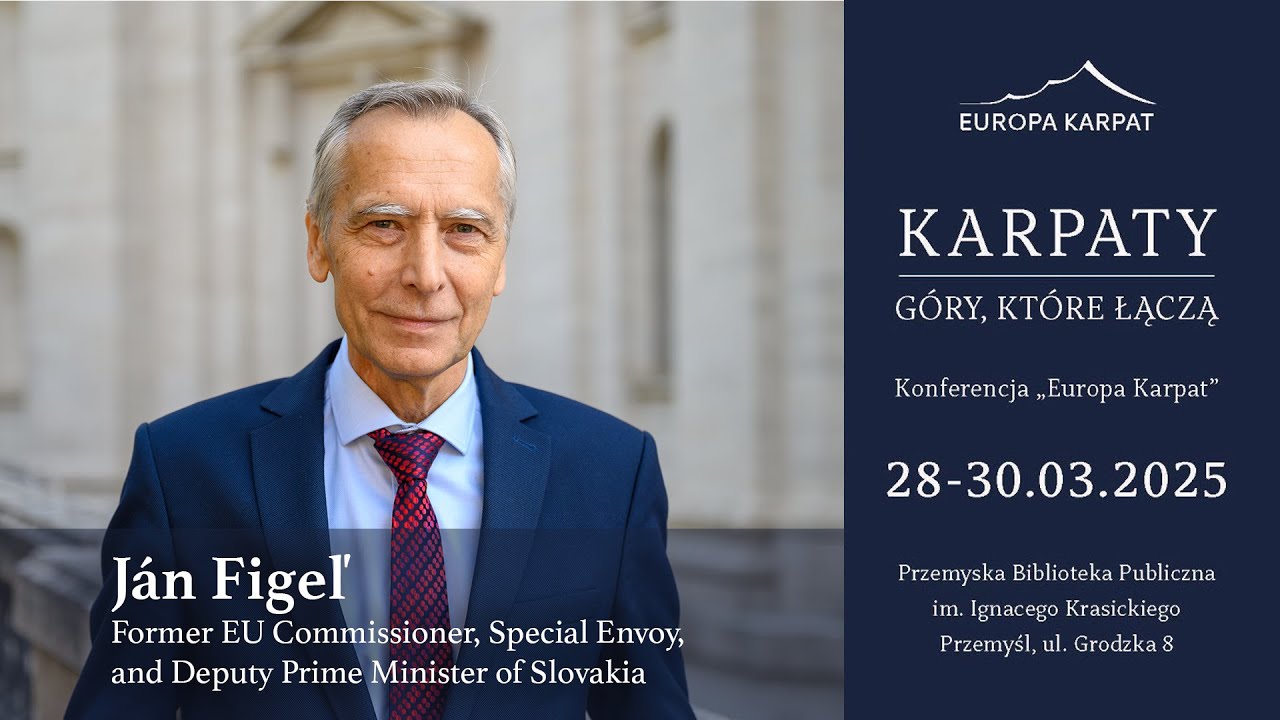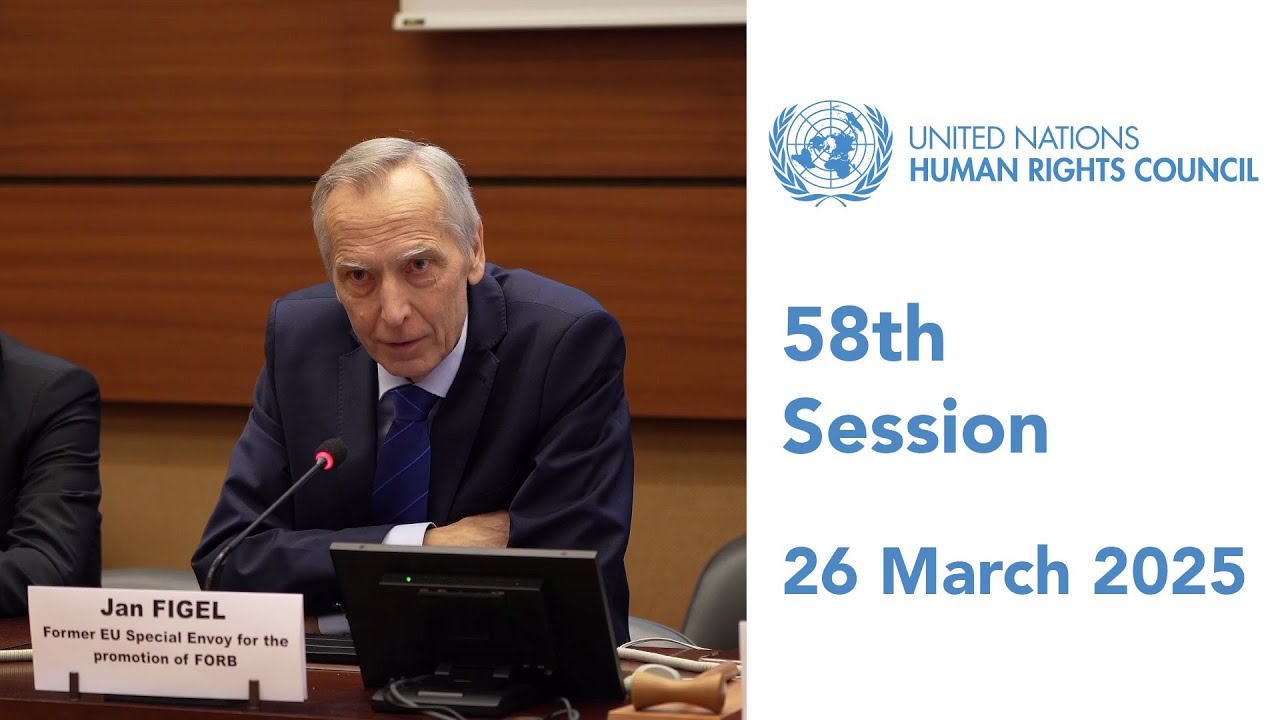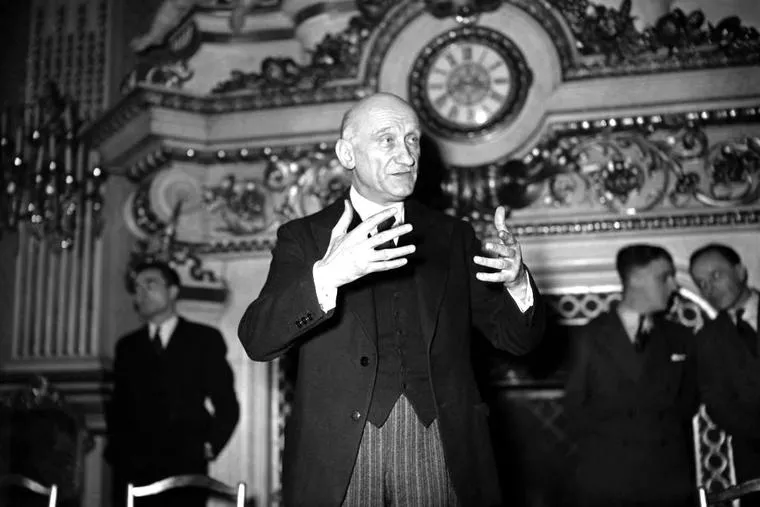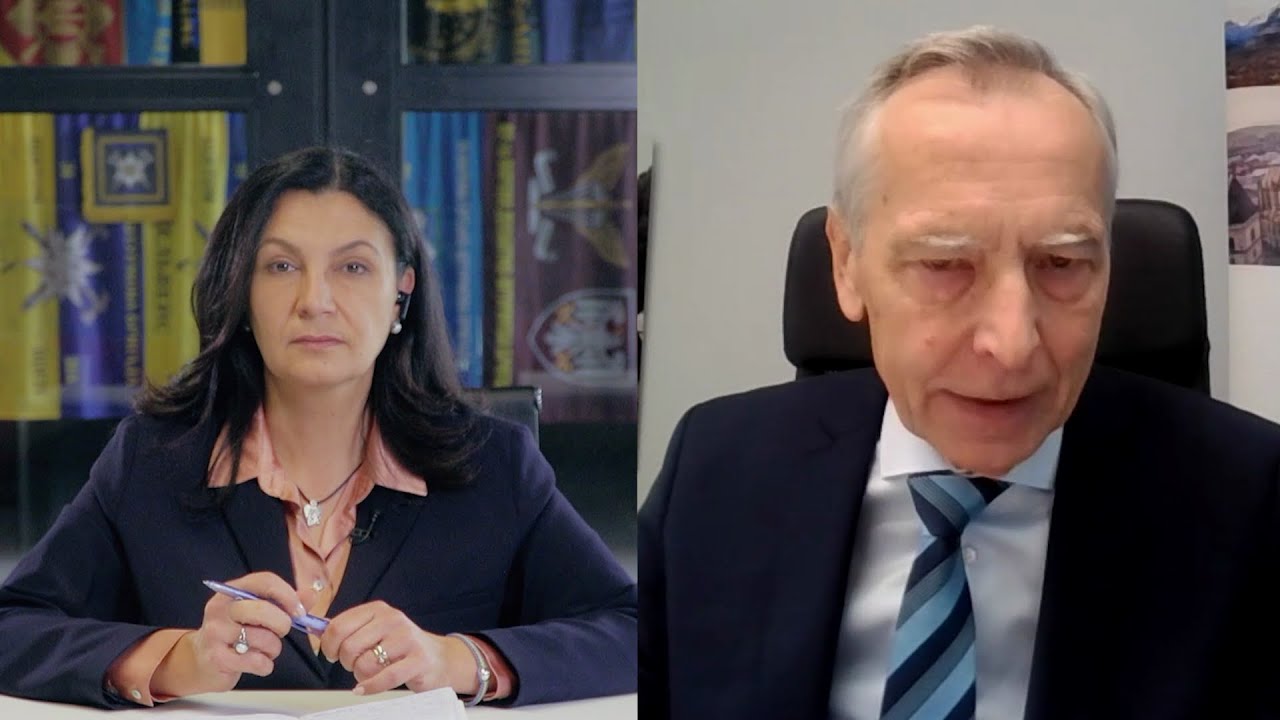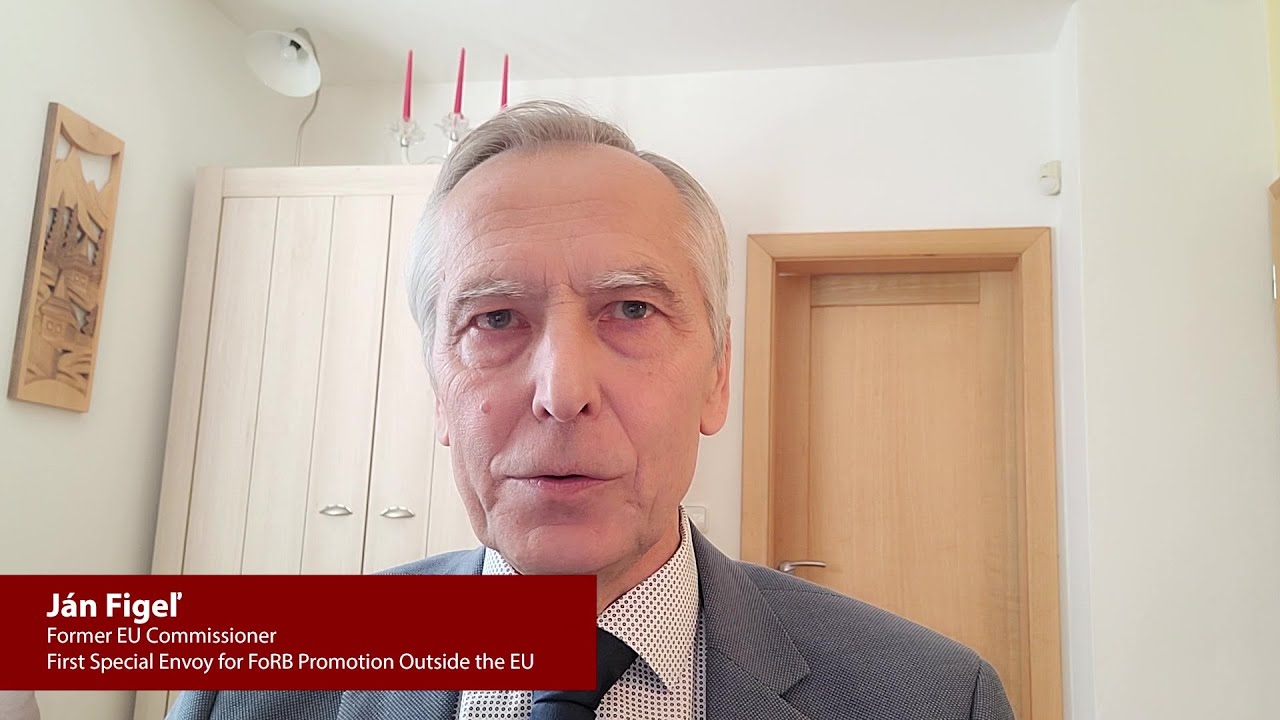Category: English
-
EU Funds Islamist Indoctrination in Pakistani Schools
The bloc has “lost its credibility as a commercial power guided by human values,” human rights activist said. Between 2016 and 2024, the European Union spent upwards of €150 million on education in Pakistan, according to a 2024 report entitled Pakistan, Education System, Curriculum and EU Funding, authored by Sallux/ECPM (the European Christian Political Movement). The ECPM report contains over 40 pages of…
-
PAKISTAN: Former EU Special Envoy on FORB spoke on human dignity in Pakistan at the UN
On 26 March, CAP/ Liberté de conscience and Human Rights Without Frontiers organized a side-event about the situation of Human Rights in Pakistan. The keynote speaker was Mr Jan Figel, EU Commissioner for Education (2004-2009) and former EU Special Envoy of Freedom of Religion or Belief (2016-2019). Here are the main insights of his presentation.…
-
-
Schuman Plan 2.0 for lasting peace in Europe and for a new West-East Community
Peace in Europe is needed and possible. It is the basis of stability, the goal of security and a precondition for prosperity of countries. On May 9, 1950, the then French Foreign Minister Robert Schuman came up with a plan to create the European Coal and Steel Community as an offer to defeated Germany and…
-
Keynote Address by Ján Figeľ – Religious Freedom and EU-Pakistan Relations
This keynote address by Ján Figeľ, former EU Commissioner and the first EU Special Envoy for the promotion of freedom of religion or belief outside the European Union, was delivered during a side event at the 58th Session of the United Nations Human Rights Council in Geneva on 26 March 2025. The event, titled “Human…
-
‘Peace Talks’ Must Go Beyond Ending the War in Ukraine
COMMENTARY: Seventy-five years ago, Robert Schuman’s vision for economic partnership among the combatants of World War II led to the creation of the now 27-member European Union. A new West-East economic and trade community could make Schuman’s goal of lasting peace a reality. March 25, 2025 Peace in Europe is needed and possible. But as…
-
Schuman Declaration 2.0: A great deal for peace, security and prosperity
Peace in Europe is needed and possible. It is the basis of stability, the goal of security and a precondition for prosperity. On May 9, 1950, French Foreign Minister Robert Schuman devised a plan to create the European Coal and Steel Community as an offer to defeated Germany and other countries. It was a surprise…
-
Slovakia’s path to the EU. Important Information for Ukraine on the path to the EU.
Today, we were visited by Jan Figel, the former chief negotiator of the Slovak Republic for EU accession. This person’s experience is especially valuable to us, because some of the challenges we currently face on our path to the European Union are very similar to those that Mr. Figel had to overcome during the negotiation…
-
Peace Foundation of Stability, EU Must Become Its Contributor
The foundation of stability is peace and the European Union (EU) shouldn’t only be its consumer, but also its contributor, former European commissioner and Slovakia’s erstwhile chief negotiator with the EU Jan Figel has stated in an interview for the Ukrainian EuroSapiens programme. Kiev/Bratislava, February 6 (TASR) – The foundation of stability is peace and…
-
Ján Figeľ’s Speech for the Faith and Freedom Summit IV in Panama City on 24 September 2024
https://faithandfreedomsummit.com


